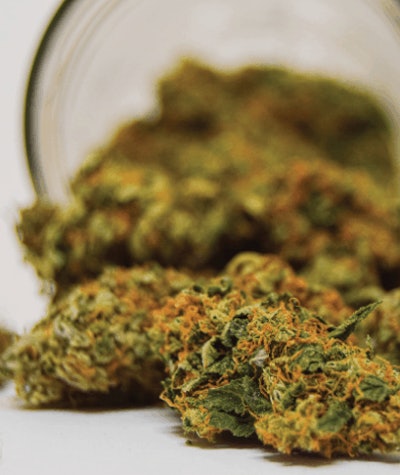
It can be argued that trimming is one of the most important post-harvest steps, especially for cannabis destined to be sold as whole flower at dispensaries. At the most basic level, a good trim removes stems and excess foliage, creating a clean look while maintaining bud quality. This requires well-trained employees or carefully calibrated machines. Overly manicured cannabis can reduce weights, lose highly prized trichomes and shred a cultivator’s bottom line. Cultivators consistently note that trimming is one of the most challenging aspects after a plant completes its growth cycle for reasons including the labor required and mastering consistency and quality.
Cannabis Business Times, with support from CenturionPro and in conjunction with third-party researcher Readex Research, took a closer look at this essential and often-debated post-harvest stage by conducting exclusive market research. Companies that cultivate and/or process and extract cannabis provided insights about how they approach trimming and other post-cultivation processes, such as bucking. The study posed questions about whether cannabis growers trim by hand, use machines or employ a combination of both, how many pounds they can trim per day when using people vs. automation, and if they process cannabis wet or dry. The results are available in the “State of the Trimming Market Report” research.
What the data can’t explain is why and how cultivators made these decisions, nor can the data resolve the hand-trim-versus-machine-trim debate simmering in the industry, especially as more companies scale operations and demand increases in adult-use states. As Ryan Cook, executive vice president of operations at Jushi Holdings Inc., noted in CBT’s July 2021 issue: “Of course, there’s an ongoing debate about hand trimming versus machine trim, and I’m not sure we’ll ever see that debate end.” And many participants in the study reported using both methods, with 83% noting trimming by hand and 47% indicating trimming by machine.
“Of course, there’s an ongoing debate about hand trimming versus machine trim, and I’m not sure we’ll ever see that debate end.”
-Ryan Cook, executive vice president of operations at Jushi Holdings Inc.
But data this year and in the future can help paint a better picture of what is happening inside of cannabis operations. In addition to the research, this special report includes a case study with Oklahoma-based Primal Cannabis, examining how the company, which cultivates on 90 acres, approaches trimming and bucking, and why it modified its processes over the years.
The benchmarking data and case study presented in this report are important to help advance the industry, and can help you make more informed decisions at your company.
















